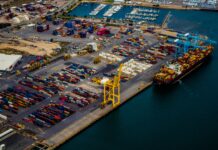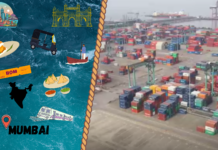
ClassNK has released the ‘Guidelines for Liquefied Hydrogen Carriers (Edition 3.0)’, which provide crucial information for evaluating the safety of liquefied hydrogen carriers and support advancements in related technologies.
To build a hydrogen supply chain—vital for a decarbonized society—the development of large-scale, efficient liquefied hydrogen carriers is actively progressing. The International Maritime Organization (IMO) has been working on safety standards for these carriers, which must maintain cargo at an extremely low temperature of minus 253 degrees Celsius.
In 2016, the IMO adopted the ‘Interim Recommendations for Carriage of Liquefied Hydrogen in Bulk’. Since then, as the development of these carriers has evolved, including larger-scale projects with diverse cargo containment designs, the IMO has been revising these interim recommendations, with discussions ongoing since 2021. ClassNK has been contributing its expertise to these discussions.
In response to the updated interim recommendations, ClassNK has revised the guidelines to Edition 3.0, incorporating the latest changes and insights from related projects. This update introduces new safety requirements for cargo containment systems with designs different from those of the prototype carriers and reorganizes the guidelines to accommodate potential future expansions.
Additionally, a new annex has been added to provide guidance on selecting metallic materials suitable for liquid hydrogen carriers.
Adhering to these safety requirements and implementing risk-based safety measures as outlined in the guidelines is expected to ensure the safe operation of liquefied hydrogen carriers.





